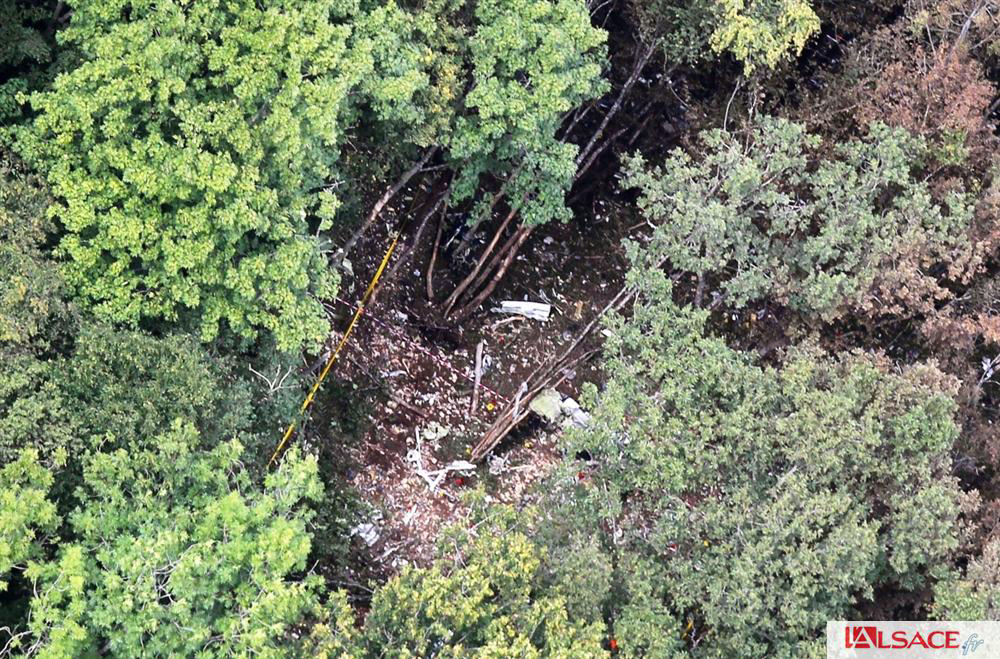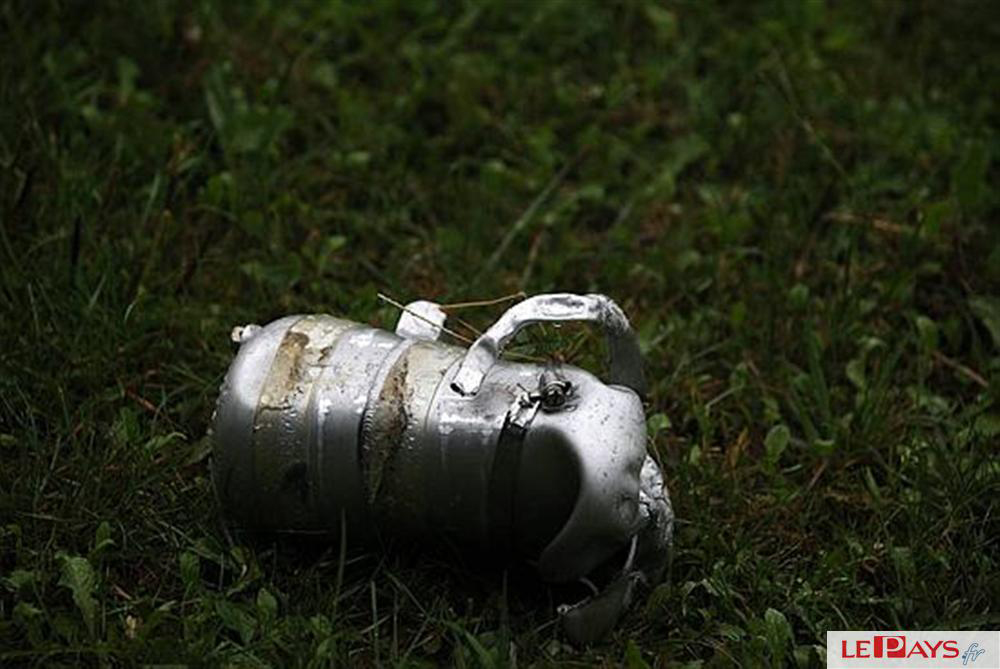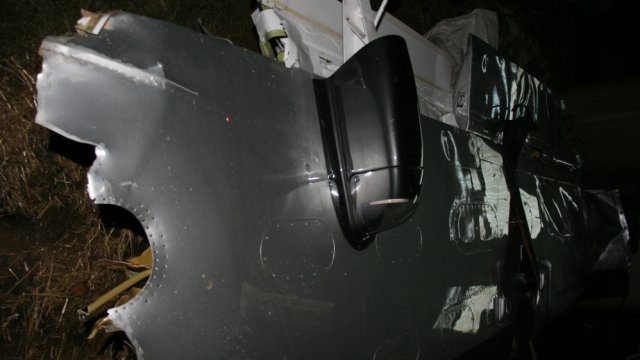Country
Crash of a Pilatus PC-12/45 in Burlington: 1 killed
Date & Time:
Jan 16, 2013 at 0556 LT
Registration:
N68PK
Survivors:
No
Schedule:
Burlington - Morristown
MSN:
265
YOM:
1998
Flight number:
SKQ53
Crew on board:
1
Crew fatalities:
Pax on board:
0
Pax fatalities:
Other fatalities:
Total fatalities:
1
Captain / Total hours on type:
315.00
Aircraft flight hours:
4637
Circumstances:
The pilot departed in night instrument flight rules (IFR) conditions on a medical specimen transport flight. During the climb, an air traffic controller told the pilot that the transponder code he had selected (2501) was incorrect and instructed him to reset the transponder to a different code (2531). Shortly thereafter, the airplane reached a maximum altitude of about 3,300 ft and then entered a descending right turn. The airplane’s enhanced ground proximity warning system recorded a descent rate of 11,245 ft per minute, which triggered two “sink rate, pull up” warnings. The airplane subsequently climbed from an altitude of about 1,400 ft to about 2,000 ft before it entered another turning descent and impacted the ground about 5 miles northeast of the departure airport. The airplane was fragmented and strewn along a debris path that measured about 800-ft long and 300-ft wide. Postaccident examination of the airplane did not reveal any preimpact mechanical malfunctions that would have precluded the pilot from controlling the airplane. The engine did not display any evidence of preimpact anomalies that would have precluded normal operation. An open resistor was found in the flight computer that controlled the autopilot. It could not be determined if the open resistor condition existed during the flight or occurred during the impact. If the resistor was in an open condition at the time of autopilot engagement, the autopilot would appear to engage with a mode annunciation indicating engagement, but the pitch and roll servos would not engage. The before taxiing checklist included checks of the autopilot system to verify autopilot function before takeoff. It could not be determined if the pilot performed the autopilot check before the accident flight or if the autopilot was engaged at the time of the accident. The circumstances of the accident are consistent with the known effects of spatial disorientation. Dark night IFR conditions prevailed, and the track of the airplane suggests a loss of attitude awareness. Although the pilot was experienced in night instrument conditions, it is possible that an attempt to reset the transponder served as an operational distraction that contributed to a breakdown in his instrument scan. Similarly, if the autopilot’s resistor was in an open condition and the autopilot had been engaged, the pilot’s failure to detect an autopilot malfunction in a timely manner could have contributed to spatial disorientation and the resultant loss of control.
Probable cause:
The pilot's failure to maintain airplane control due to spatial disorientation during the initial climb after takeoff in night instrument flight rules conditions.
Final Report:
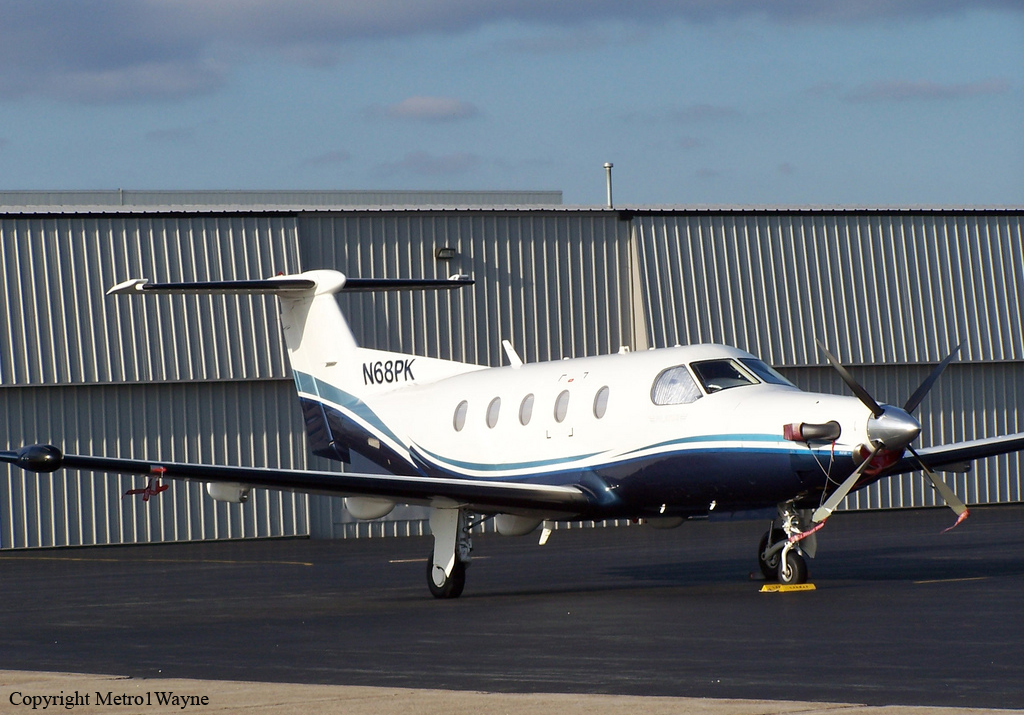

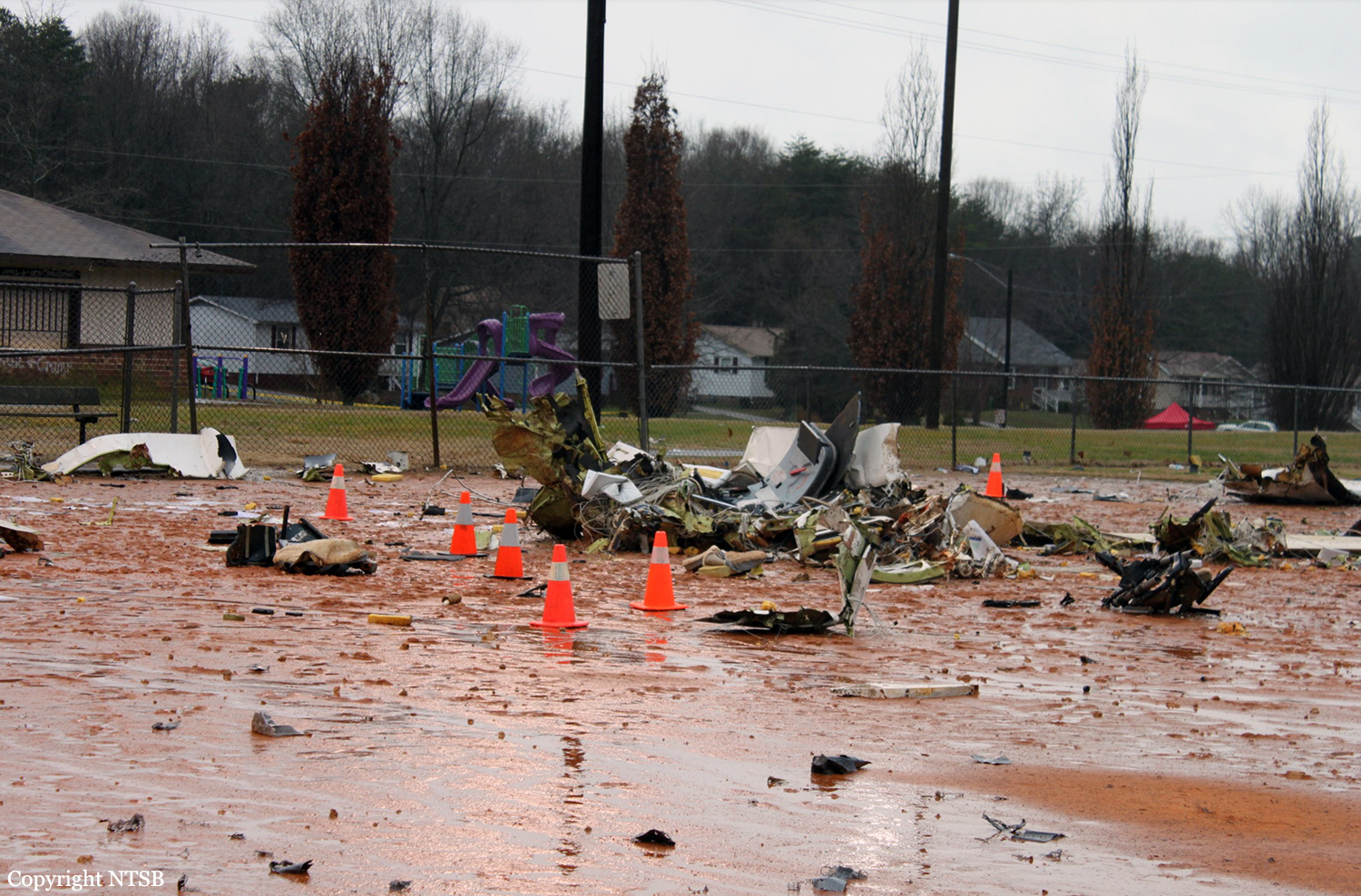
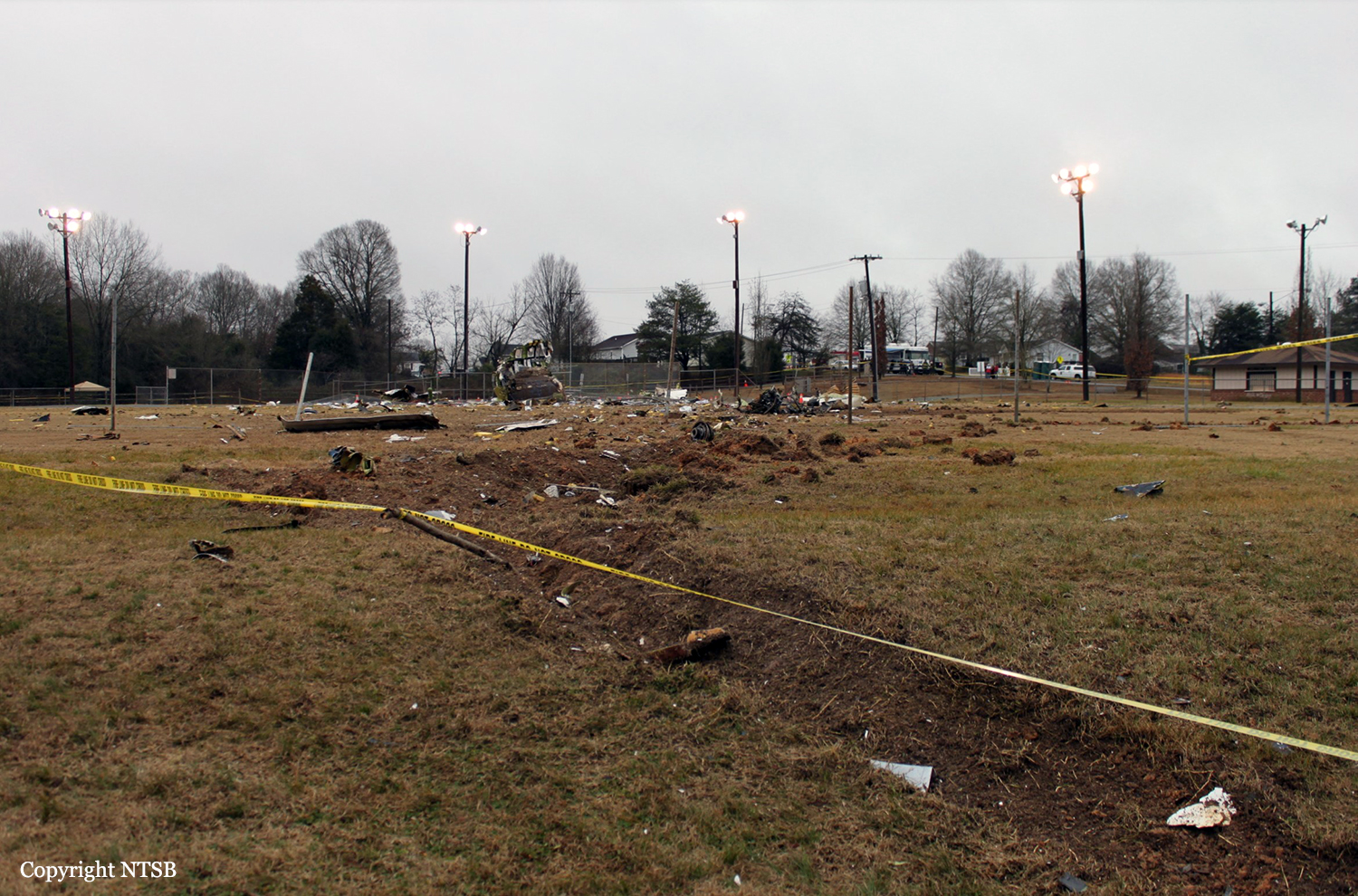

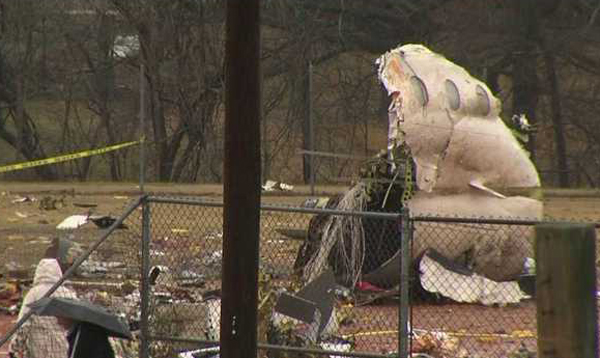

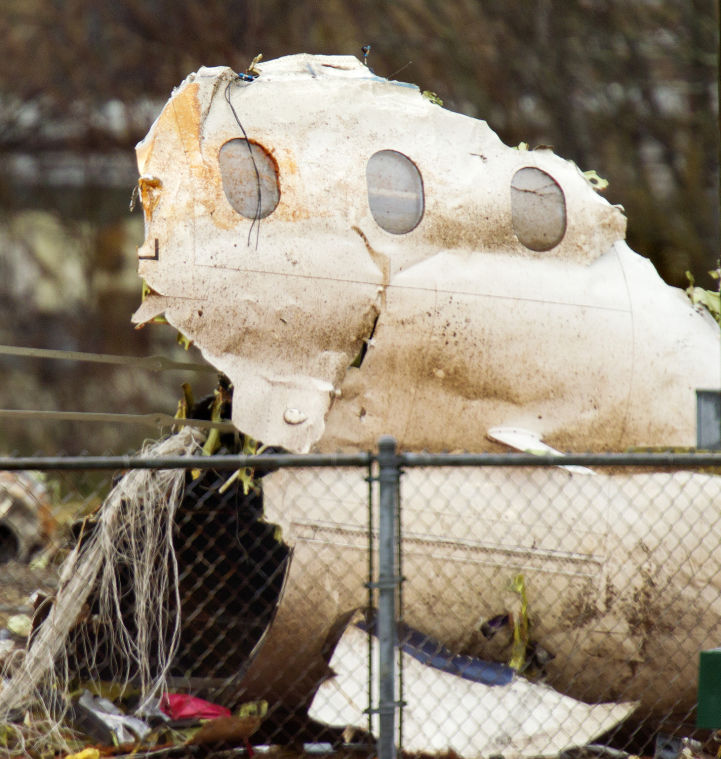
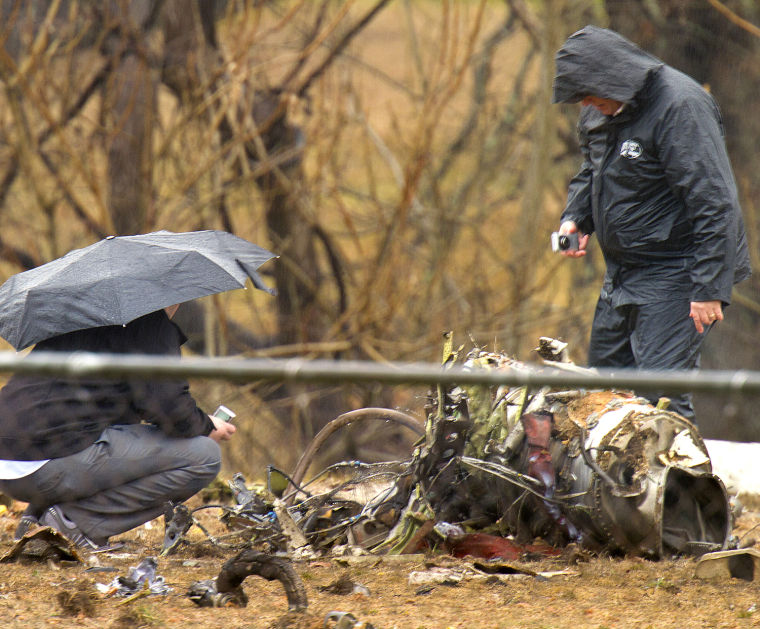
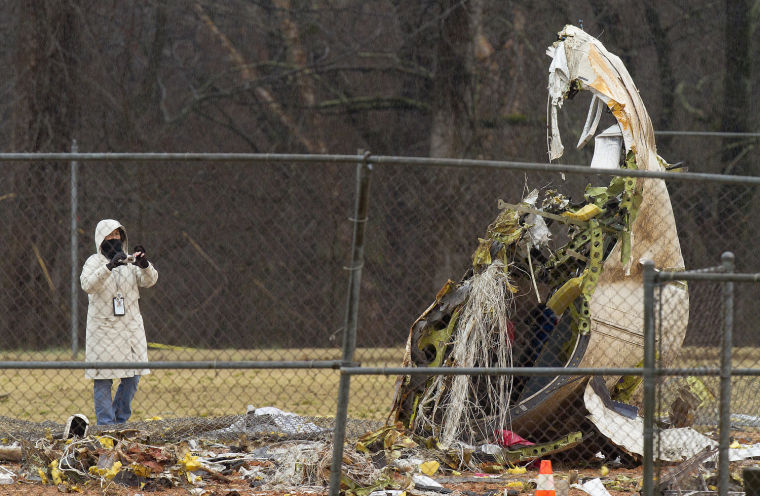
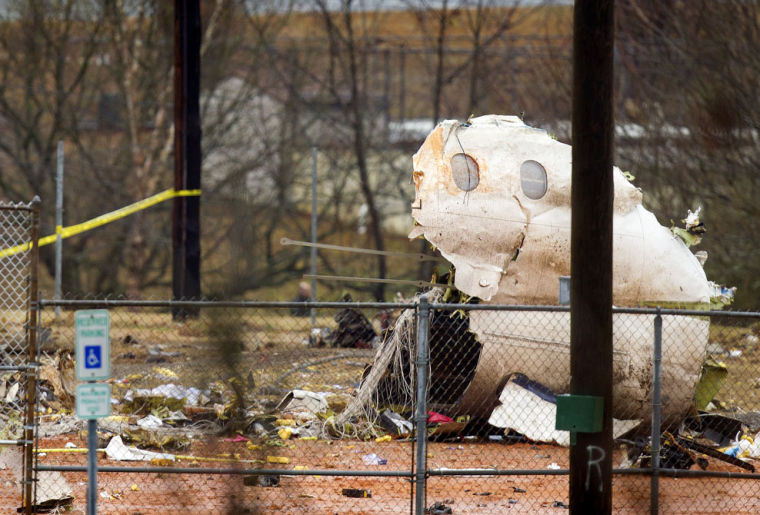
Crash of a Pilatus PC-12/47 in Solemont: 4 killed
Date & Time:
Aug 24, 2012 at 1800 LT
Registration:
HB-FPZ
Survivors:
No
Schedule:
Antwerp - Saanen (Gstaad)
MSN:
702
YOM:
2006
Crew on board:
1
Crew fatalities:
Pax on board:
3
Pax fatalities:
Other fatalities:
Total fatalities:
4
Captain / Total hours on type:
1785.00
Circumstances:
The pilot took off from Anvers (Belgium) at around 14 h 40 bound for Saanen (Switzerland) where he was supposed to drop off his three passengers. The flight was performed in IFR then VFR, at a cruise altitude of 26,000 ft. After about 1 h 15 min of flight, still under IFR, the Geneva controller cleared the pilot to descend towards FL 210 and to fly towards Saanen with a view to an approach. A short time later, the radar data showed that the aeroplane deviated from the planned trajectory. Following a question from the controller, the pilot said he had an autopilot problem. The controller then asked the pilot to follow heading 165°, which the pilot read back, then asked him ‘‘are you okay, okay for the safety, it’s good for you? ‘‘. The pilot answered that he had a ‘‘big problem’’. The radar data show tight turns on descent. During these manœuvres, in reply to a request from the controller, the pilot said that he was in ‘‘total IMC’’. During this communication, the aeroplane‘s overspeed warning could be heard. The aeroplane was then descending at 15,500 ft/min. About ten seconds later, it was climbing at 15,500 ft/min. The right wing broke off about twenty seconds later. The indicated airspeed was then 274 kt and the altitude was 12,750 ft. The wreckage was found in woods in the commune of Solemont (25). A piece of the right wing was found about 2.5 km from the main wreckage. Some debris, all from the right wing, was found on a south-west/north-east axis. The aeroplane part that was furthest away was found 10 km from the main site. The aircraft disintegrated on impact and all four occupants were killed.
Probable cause:
The in-flight failure of the right wing was due to exceeding the aeroplane’s structural limits (ultimate loads) during loss of control by the pilot. In the absence of any flight recorders, the investigation was not able to determine the causes of this loss of control. It is possible that it may have been induced by a loss of situational awareness by the pilot at the controls of an aeroplane affected by an icing phenomenon. This phenomenon may have affected the aeroplane’s wings or an area around the roll control.
Final Report:

